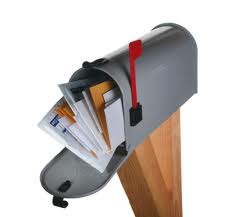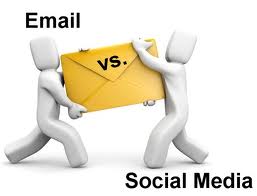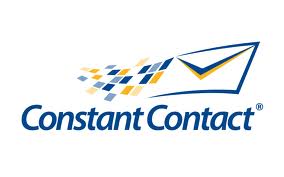 I’ve said it before and I’ll say it again. YouTube is for more than just cute cat videos. In fact, YouTube is home to web networks, political commentary, educational videos and . . . OK, maybe some of the most adorable cats you’ve ever seen. If your organization is not on YouTube you’re missing a great opportunity to reach a new audience. In today’s post, let’s look at how YouTube can be a great resource for a nonprofit in today’s social media savvy society.
I’ve said it before and I’ll say it again. YouTube is for more than just cute cat videos. In fact, YouTube is home to web networks, political commentary, educational videos and . . . OK, maybe some of the most adorable cats you’ve ever seen. If your organization is not on YouTube you’re missing a great opportunity to reach a new audience. In today’s post, let’s look at how YouTube can be a great resource for a nonprofit in today’s social media savvy society.
Why YouTube?
Well, think about it. Have you looked at a YouTube video yet today? If not, I’m sure you’ll see one posted in your news feed on Facebook that will catch your eye. The point is that YouTube is a place people go to find videos that are about topics important to them. YouTube is a familiar site for people. When people think of videos on the internet, they think of YouTube.
YouTube has a built-in audience. Many people don’t just go to YouTube for one video, they will often find a video that was linked to their video that they find interesting and watch that one too.Why not use this familiarity, and automatic audience to your advantage and make sure your organization has a YouTube Channel?
YouTube Basics
 Once you’ve decided that YouTube is a network for your organization, it’s really simple to get started. All you have to do is sign up. Every YouTube user is given a channel where she can upload videos. This channel’s name is customizable. You will want to make sure that your organization’s channel name is easy to remember and recognizable to your organization.
Once you’ve decided that YouTube is a network for your organization, it’s really simple to get started. All you have to do is sign up. Every YouTube user is given a channel where she can upload videos. This channel’s name is customizable. You will want to make sure that your organization’s channel name is easy to remember and recognizable to your organization.
The background of your channel is also customizable. You can upload banner graphics and change the color scheme to match your agency’s logo.
Beyond the cosmetic changes, make sure you take the time to fully fill-out your YouTube profile. This not only lets people know what your channel is all about, but it also gives them other places on the web to go (e.g. your website, Facebook page, etc). Additionally, filling out the profile helps with the SEO of your channel, which will help Google point people in your direction when they search for you.
Subscribing to other channels also helps you build your YouTube community and can help your organization gain new subscribers. The channels to which you subscribe cannot be seen by others; however, when you like a video or add it to your favorites list this action will show up in your activity feed and users will be able to see that.
YouTube users also have the option of choosing a video that is shown on their channel’s page first. Make sure you choose this video wisely. While some channels make this their most recent video, others choose to make it a welcome video. You can changed this at any time, but make sure that the video that is displayed prominently on your channel is one you think is a good representation of your organization.
As is true with any social media site, remember that sharing is caring. So, share your content on all of your other social media networks.
Nonprofit YouTube Extras
 Like many other Google products, YouTube has made resources available for nonprofits to help them achieve their goals. This includes YouTube’s Nonprofit Program.
Like many other Google products, YouTube has made resources available for nonprofits to help them achieve their goals. This includes YouTube’s Nonprofit Program.
Benefits of being accepted into this program include:
- a donate now button on your channel’s page,
- the ability to livestream on your channel, and
- call to action overlays that pop-up on related videos for users to participate in.
These tools will help your organization succeed on the YouTube platform. Applying is easy. Your agency just needs a YouTube channel.
I hope this post has given you some insight on how to get started on YouTube. As for what type of content to include on your organization’s channel, that’s a post for another Monday.
Has your organization had success with YouTube? What did you find most helpful when setting up your channel? What did you find least helpful? Leave your tips in comments!


























